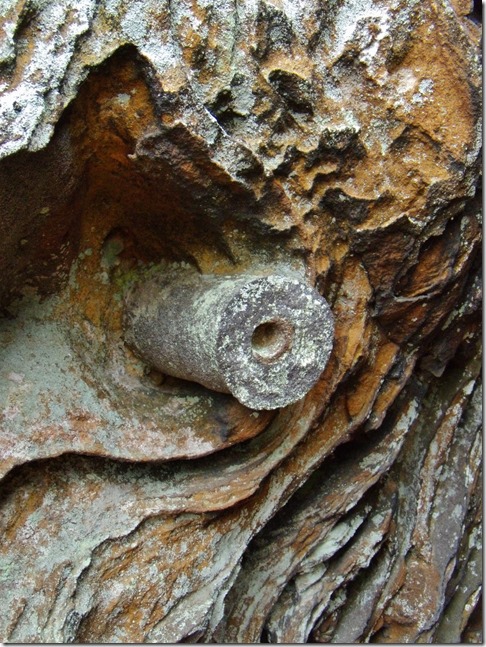Hello all,
Just wanted to let you know that the Statemap 2014-15 field mapping project has resulted in the publication of three new geologic maps. These are the Parma, Prim, and Greers Ferry quadrangles. Reduced images are posted below. These should be available as .pdfs on our website in the near future. I’ll keep you posted!
Parma Quadrangle
Prim Quadrangle
Greers Ferry Quadrangle
Also, I would like to thank the many people who helped with data collection in the field this year, without whom this project would have been impossible.
Andy Haner Danny Rains
Angela Chandler Stefanie Domrois
Doug Hanson Ty Johnson
Thanks, everyone!
Now it’s off to the Brownsville quad for next year!
Richard Hutto














